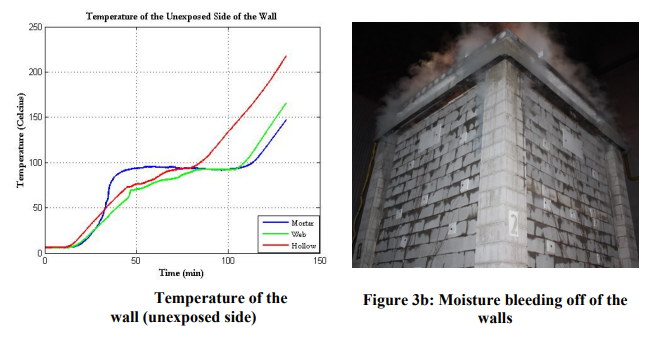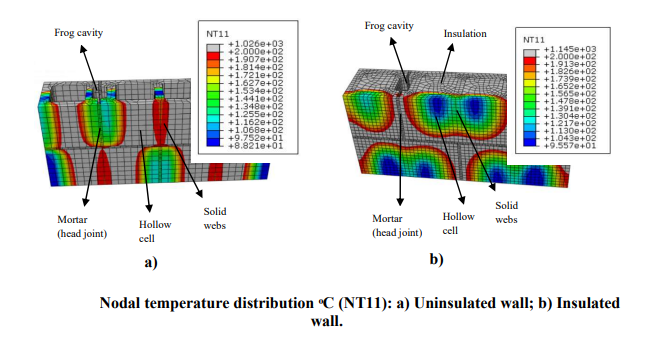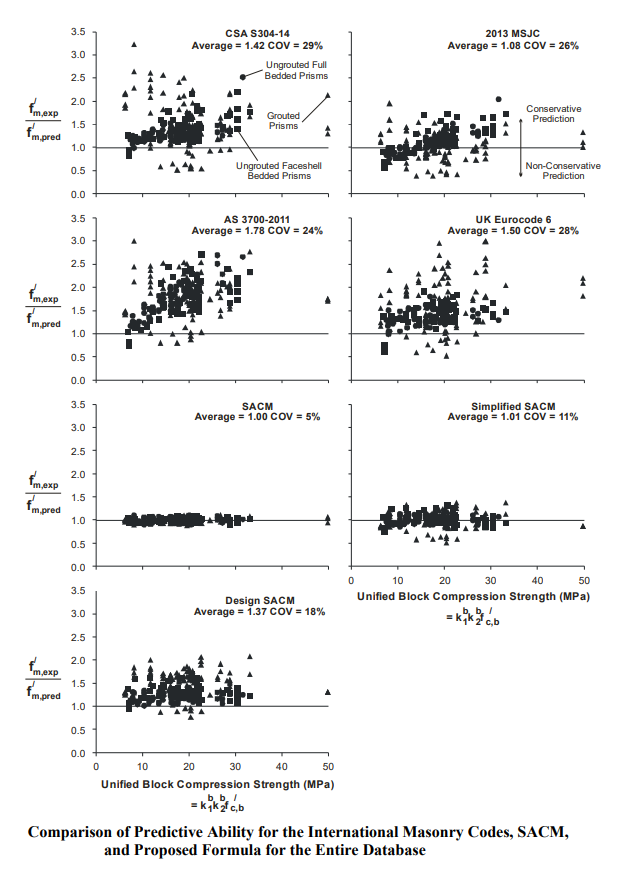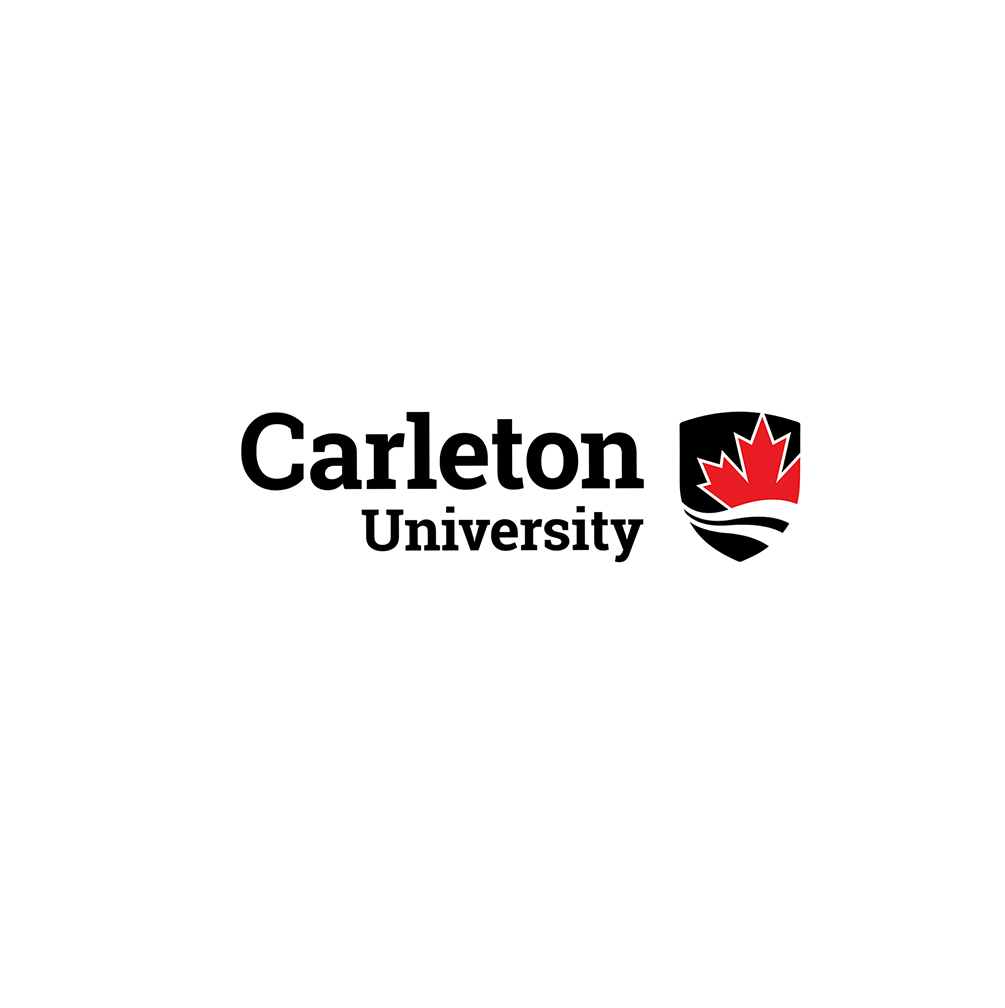CMDC has worked in collaboration with Ehab Zalok and Edward G. Sherwood from Carleton University.
Supporting Innovation through Research Partnerships
Work has been conducted on the following projects:
Fire Resistance of Masonry
Project Summary:
Masonry materials have been relied upon extensively over the last century as an effective form of fire barrier in buildings. The goals of this research project are to: develop the next-generation of masonry fire performance standards, improve fire-rated masonry assemblage design and construction, optimize masonry unit manufacturing for fire resistance and facilitate robust post-disaster assessment of fire damaged masonry.
A series of experimental tests will be conducted on the fire performance of full sized non-loadbearing (partition) masonry walls, and small-scale assemblages to quantify the effects of a variety of parameters on heat and mass transfer, fire endurance, and mechanical behavior and residual strength of typical and prototype concrete blocks and masonry assemblages.


Recent CMS Articles:
https://www.canadamasonrydesigncentre.com/wp-content/uploads/13th_symposium/022-Pope-Paper-2.pdf
https://www.canadamasonrydesigncentre.com/wp-content/uploads/13th_symposium/029-Keelson-Paper-1.pdf
https://www.canadamasonrydesigncentre.com/wp-content/uploads/14th_symposium/135-Bobmanuel.pdf
https://www.canadamasonrydesigncentre.com/wp-content/uploads/14th_symposium/110-Pope.pdf
Recent NAMC Articles:
Pope H. and Zalok E. (2019, June). “The Effect of Fire Temperatures on the Mechanical Performance of Concrete Masonry Materials.” In P.B. Dillon & F.S. Fonseca (Eds.), Proceedings of the Thirteenth North American Masonry Conference. Paper presented at the 13th North American Masonry Conference, Salt Lake City, Utah (pp. 252–264). Longmont, CO: The Masonry Society.
Recent Technical Publications:
Oprite Bobmanuel: https://curve.carleton.ca/e66454f1-2dc5-487d-b46c-caa1c3738850
Hannah Keelson: https://curve.carleton.ca/95141f69-35f0-4e71-9cfe-7728e06e9399
Hamish Pope: https://curve.carleton.ca/a792224a-7d67-42a3-add1-ba85a0ea150e
Shear Design of Masonry
Project Summary:
Unlike flexural failures, shear failures in masonry are brittle and sudden. When they occur, they do so with little or no warning, and absorb little energy. Furthermore, they are less predictable than flexural failures due to considerably more complex failure mechanisms. While accurate flexural design provisions have been based on the rational assumption that plane sections remain plane, shear design procedures have traditionally relied upon empirical, restricted equations. As such, the search continues for shear design procedures that are as accurate as flexural procedures, based on equally rational assumptions.
Select Journal Articles:
Sarhat, Salah, and Edward Sherwood. “Shear strength of GFRP-reinforced concrete masonry beams.” In Masonry 2018. ASTM International, 2018.
Sarhat, Salah R., and Edward G. Sherwood. “Does the size effect exist in reinforced masonry?.” ACI Special Publication 328 (2018): 5-1.
Select Theses and HQP:
Compressive Strength of Concrete Block Masonry
Project Summary:
Accurately predicting the compression strength of masonry is very important in design of masonry structures, as it is often the basis of designs. However, determining the compression strength of masonry is not a simple task. This is because each material (hollow concrete masonry blocks, mortar, and possibly grout) has different material properties and responds in a different non-linear manner when subjected to compression.
Masonry design codes generally provide two methods to determine compression strength: masonry prism testing or unit strength. The first method, masonry prism testing, consists of constructing three to five masonry prisms with site representative materials; testing the prisms under compressive loading; and correcting the average compression strength determined from testing by a factor that accounts for the height to thickness ratio of the tested prisms. This method has certain practical limitations in terms of the complexities of transporting samples and the capacity and size of available testing machines. Furthermore, there are disagreements on the values of the height to thickness correction factors as each international code provides different values. The second method, known as the unit strength method, involves testing individual samples of masonry component materials. In this approach, the compressive strength of masonry is estimated by either an equation or through tabulated values based on block strength, mortar type or strength, and possibly grout strength.

Select Theses and HQP:
Jonathan David Grimes: https://curve.carleton.ca/cf567d9e-1f69-47ba-b9bc-eb29ffcf3559
Bradley Hunt: https://curve.carleton.ca/b9bbcba1-7c9a-4a8b-9a45-d234538feaad



